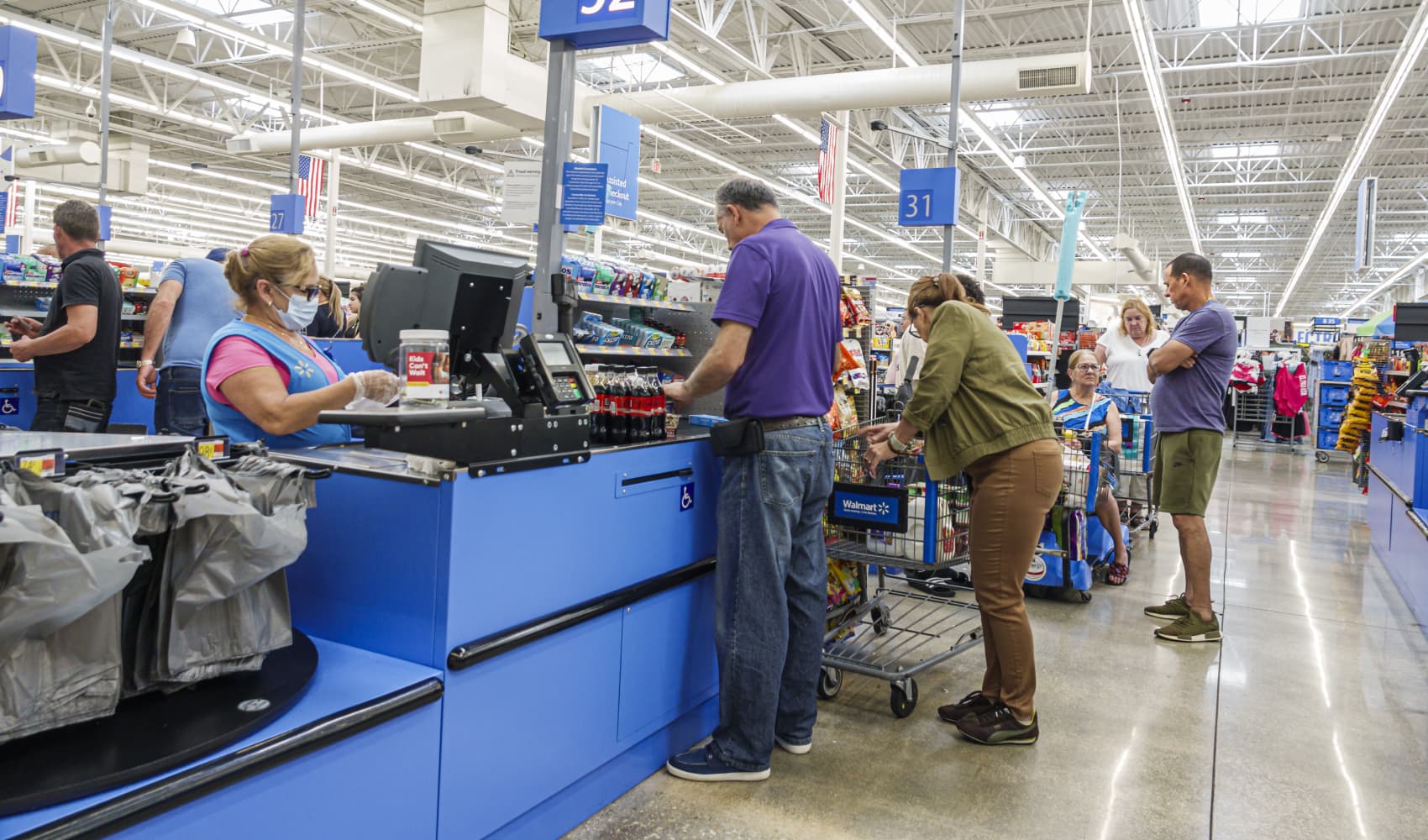Hispanic Spending Dip: How Groceries & Brands Are Impacted
Hispanic Shoppers Tighten Belts: How It's Impacting Major Brands
The Pinch: Hispanic Spending Habits Shifting
Have you noticed your grocery bill creeping higher and higher? You're not alone. Across the nation, households are feeling the pressure of rising prices, and that includes the influential Hispanic consumer base. Recent reports indicate a slowdown in spending from Hispanic shoppers, and it's sending ripples through major consumer companies like Coca-Cola, Constellation Brands, and Colgate-Palmolive. But why is this happening, and what does it mean for the future?
The Bottom Line: Companies Feeling the Heat
Coca-Cola, Constellation Brands (think Corona beer), and Colgate-Palmolive have all publicly stated that reduced spending by Hispanic consumers is negatively impacting their North American sales figures. Imagine being a CEO and having to explain this to your shareholders! This signals a broader trend that deserves our attention.
Understanding the Hispanic Consumer Powerhouse
Before diving deeper, let's acknowledge the sheer buying power we're talking about. A fifth of the U.S. population identifies as Hispanic or Latino, making them the second-largest demographic in the country. They are not just a segment; they are a significant force in the American economy.
Hispanic Spending Outpaces Non-Hispanic Consumers
Here's an interesting point: market research firm Circana found that, *overall*, Hispanic Americans spend *more* on consumer packaged goods than non-Hispanic consumers. This makes the *current* spending decrease even more noteworthy. It suggests a significant shift, not a baseline difference.
What's Driving the Downturn?
So, what's causing this change in consumer behavior? Let's explore some of the key factors:
Economic Headwinds: Inflation and Recession Fears
The most obvious culprit is the economy. Inflation has been stubbornly high, making everything from groceries to gas more expensive. This forces families to make tough choices. Are we going to splurge on that premium beer, or stick to the basics? Economic uncertainty always leads to more cautious spending habits.
Immigration Policies and Economic Anxiety
Some executives are pointing to the White House's immigration policies as a potential factor. A hard-line stance on immigration can create anxiety and instability within Hispanic communities, leading to more conservative spending patterns. If you are unsure about your future in a place, you tend to hold on to your money more. It’s a natural response.
Specific Sectors Feeling the Squeeze
Which product categories are experiencing the most significant declines? Let's take a look:
Beer and Beverages: A Night Out Less Often
Constellation Brands, famous for Corona, is seeing a dip. This suggests that consumers are cutting back on discretionary spending like alcoholic beverages. That Friday night celebration at a bar? Maybe it's happening less frequently, or with cheaper drinks.
Household Goods: Sticking to the Essentials
Colgate-Palmolive’s struggles indicate that people are being more selective about household goods. Are they buying cheaper brands of toothpaste or delaying the purchase of new cleaning supplies? These are the kinds of decisions families make when budgets are tight.
Food and Groceries: Prioritizing Needs Over Wants
The overall trend points to a reduction in grocery spending. This means families are likely buying less expensive cuts of meat, fewer snacks, and generally sticking to essential items. That gourmet cheese? Maybe not this week.
Long-Term Implications for Consumer Brands
What does this all mean for the future of these companies? Are these temporary setbacks, or are they indicative of a larger, more permanent shift?
Adapting to Changing Consumer Needs
Companies need to be agile and responsive to these changes. This might involve offering more affordable product options, tailoring marketing campaigns to resonate with cost-conscious consumers, or exploring new distribution channels. The company that innovates wins.
Investing in Understanding the Hispanic Consumer
It's crucial for businesses to invest in deeper research and understanding of the Hispanic consumer base. What are their specific needs and concerns? How can companies better serve this vital demographic? This isn't just about sales; it's about building long-term relationships.
The Broader Economic Landscape
This trend with Hispanic shoppers is a microcosm of the broader economic challenges facing the US. It mirrors the cost-of-living crunch affecting many other demographic groups. What can be done to relieve that crunch?
Government Policies and Economic Stability
Ultimately, addressing the underlying economic issues – inflation, unemployment, and income inequality – is crucial. Government policies that promote economic stability and opportunity will benefit everyone, including Hispanic consumers and the businesses that serve them. When everyone feels more secure, they spend more freely.
The Resiliency of the Hispanic Community
Despite these challenges, it's important to remember the resilience and resourcefulness of the Hispanic community. They have overcome many obstacles in the past, and they will likely adapt and thrive in the future. This period of economic hardship will hopefully become a thing of the past.
Conclusion: A Call to Action for Businesses
The reduced spending by Hispanic shoppers is a wake-up call for consumer companies. They need to understand the underlying causes, adapt their strategies, and invest in building stronger relationships with this vital demographic. Economic anxieties are a major driving factor, and brands need to address this sensitively. Companies that can do that will be in a much better position to succeed in the long run.
Frequently Asked Questions
Why are Hispanic shoppers spending less on groceries?
Several factors contribute to this trend, including high inflation, economic uncertainty, and concerns related to immigration policies. These factors create financial strain and anxiety, leading to more conservative spending habits.
Which industries are most affected by this spending decrease?
The food and beverage, household goods, and alcohol industries are significantly impacted. Companies like Coca-Cola, Constellation Brands, and Colgate-Palmolive have all reported negative impacts on their sales figures.
Are Hispanic consumers still a valuable market for businesses?
Absolutely! Hispanic consumers are a large and growing demographic with significant buying power. While there's a current downturn, they remain a crucial market for consumer companies that understand and cater to their needs.
What can companies do to address this issue and regain lost sales?
Companies can offer more affordable product options, tailor their marketing campaigns to resonate with cost-conscious consumers, improve supply chain efficiency to reduce costs, and invest in research to better understand the Hispanic consumer's evolving needs.
Is this a temporary trend, or will it last for the long term?
It's difficult to say definitively. If the underlying economic factors improve, spending could rebound. However, companies should prepare for the possibility that this trend will continue for the foreseeable future and adapt their strategies accordingly. Brands that build authentic connections with Hispanic consumers and support their communities will be the most resilient.

